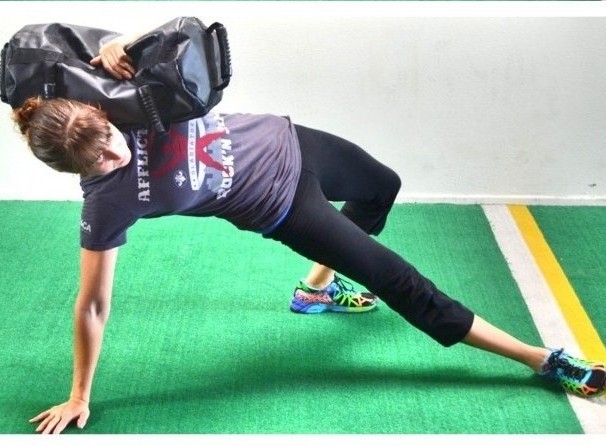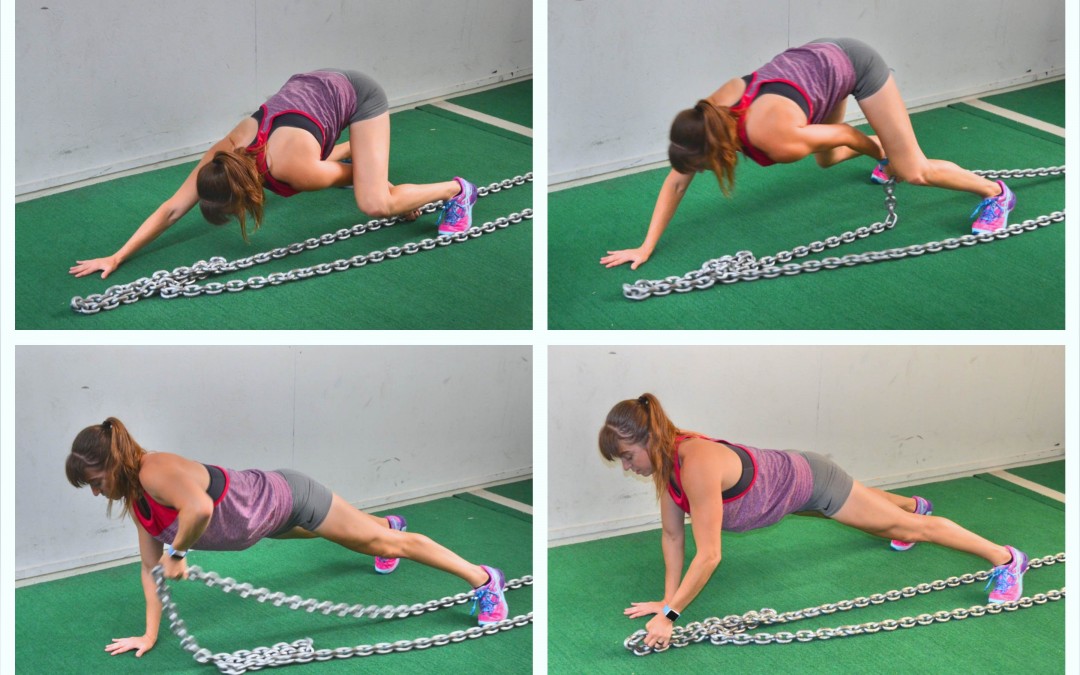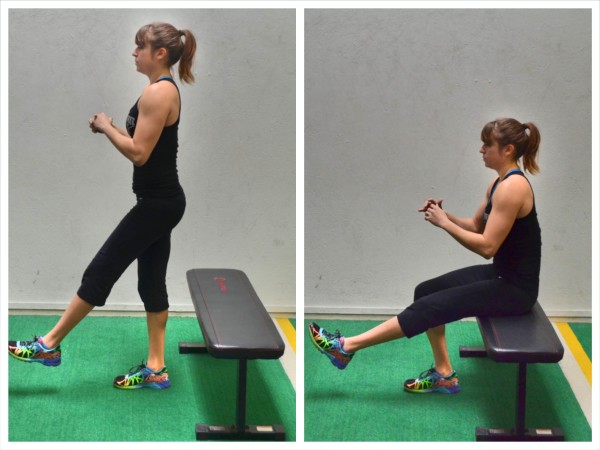


Using The Eccentric Back And Butt Workout
This content is for members only
The Partner Chain Workout
This content is for members only
The 30-Minute Full Body Sandbag Workout
This content is for members only
